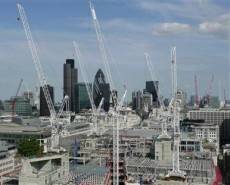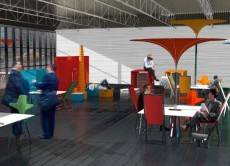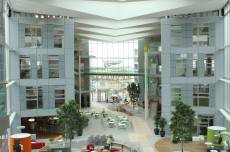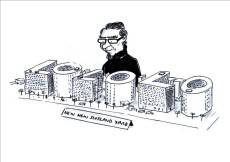November 6, 2013
Boom in London commercial property development, but demand still outstrips supply
 Office construction in the City of London is higher than it has been for five years, according to a report from Deloitte Real Estate. The London Office Crane Survey found that there are over 5 million sq.ft. of office developments at 23 schemes in the Square Mile including major landmark and well known buildings such as the Walkie Talkie and the Cheesegrater. Elsewhere in London, development is at a 4 year high in the central area which covers the West End, King’s Cross, Midtown, South Bank, Docklands and Paddington, with 71 schemes set to create some 9.7 million sq. ft. of new commercial property. The report claims that in 2014 alone, some 6.6 million sq ft of office developments will be complete in central London. (more…)
Office construction in the City of London is higher than it has been for five years, according to a report from Deloitte Real Estate. The London Office Crane Survey found that there are over 5 million sq.ft. of office developments at 23 schemes in the Square Mile including major landmark and well known buildings such as the Walkie Talkie and the Cheesegrater. Elsewhere in London, development is at a 4 year high in the central area which covers the West End, King’s Cross, Midtown, South Bank, Docklands and Paddington, with 71 schemes set to create some 9.7 million sq. ft. of new commercial property. The report claims that in 2014 alone, some 6.6 million sq ft of office developments will be complete in central London. (more…)























November 1, 2013
There is very little about flexible working that is actually flexible
by Mark Eltringham • Comment, Events, Flexible working
(more…)